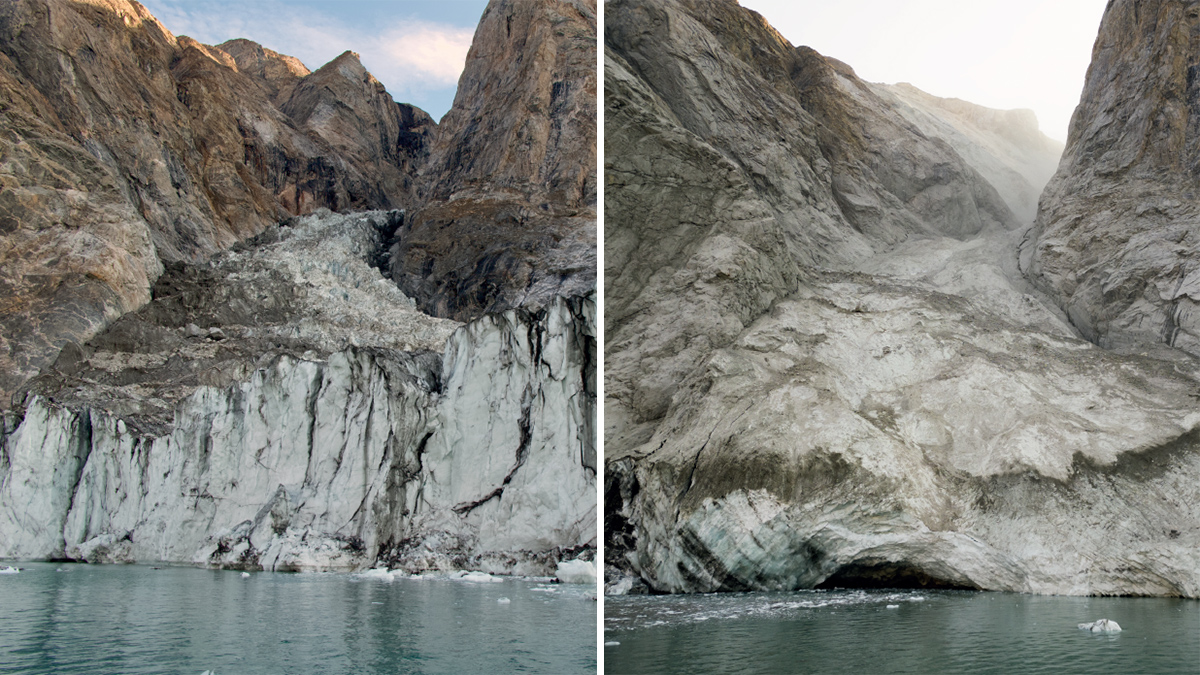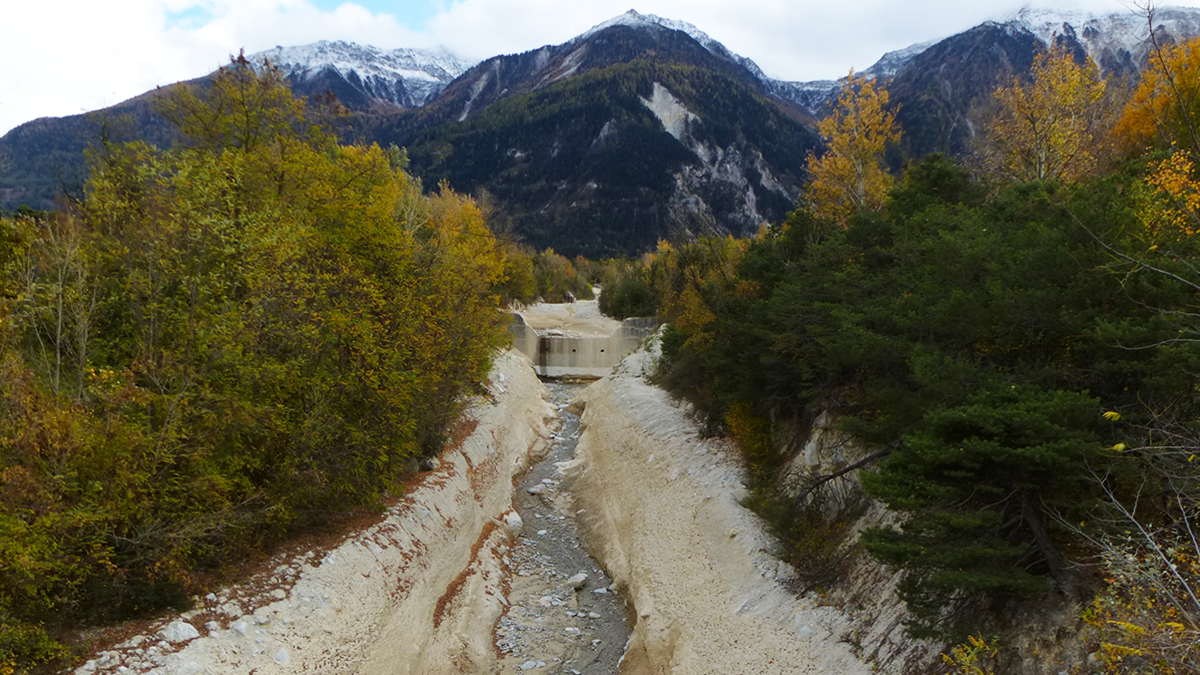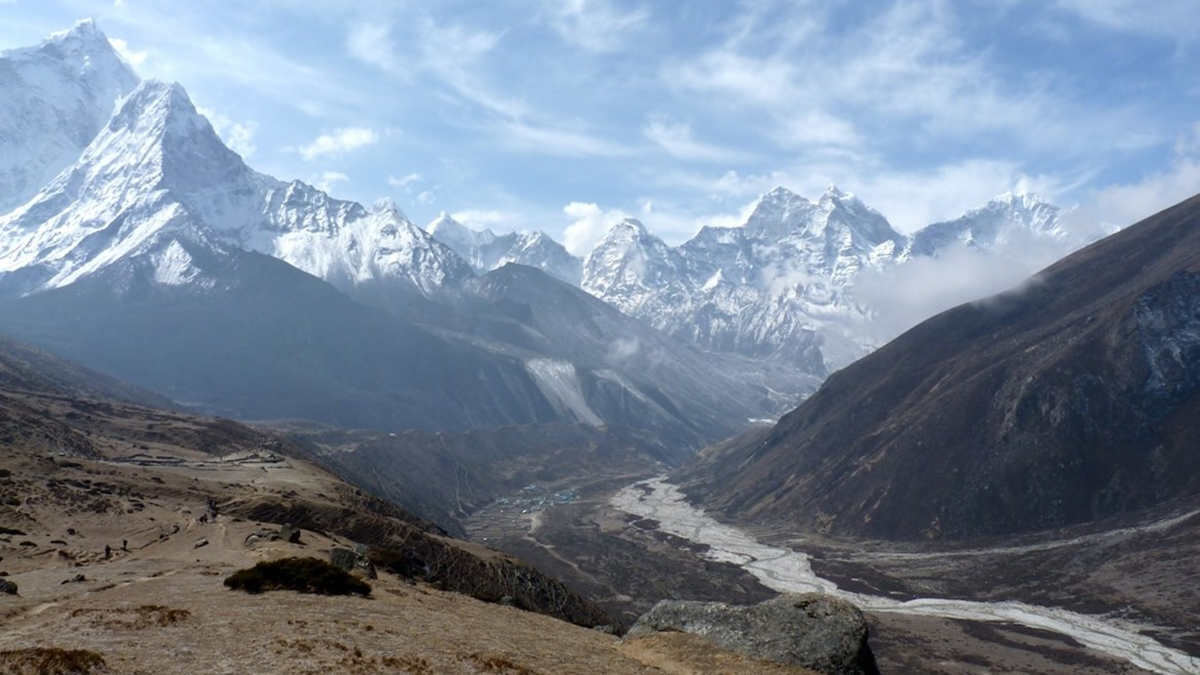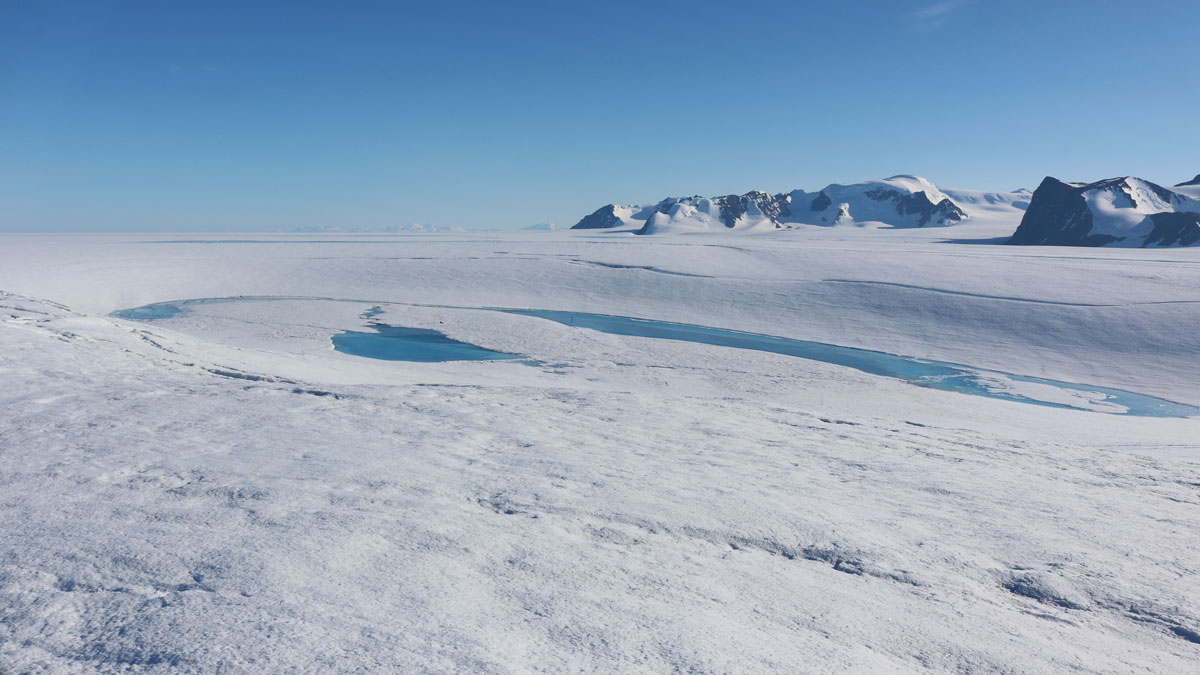A massive tsunami churned up a mysterious 9-day noise in East Greenland. As the climate warms, more fjords may start singing.
glaciers & ice sheets
Counting from One to Nine to Detect Debris Flows
A groundbreaking method using Benford’s law allows the detection of debris flows from seismic signals.
The 16 September 2023 landslide on the margin of Dickson Fjord in Greenland
The Landslide Blog is written by Dave Petley, who is widely recognized as a world leader in the study and management of landslides. There has been quite a stir over the last week regarding a remarkable paper (Svennevig et al. 2024) that was published in the journal Science, describing a series of events that occurred […]
Swedish Icebreaker Is the First to Dig Into Greenland’s Remote Victoria Fjord
Data collected aboard Oden will shed light on the dynamics of the Greenland Ice Sheet.
An All-Community Push to “Close the Loops” on Southern Ocean Dynamics
A new study highlights the connected nature of the Southern Ocean dynamic system, the research priorities needed to understand its influence on climate change, the importance of cross-disciplinary collaborations.
Sediment Dampens the Impact of Glaciation on Cenozoic Denudation
Rates of continental-scale sediment flux and denudation are similar between glacial and interglacial periods when the aggradation of glacier-eroded sediment inhibits fluvial erosion downstream.
Radar Data Show Thwaites Gets a Daily Bath of Warm Seawater
The Doomsday Glacier, predicted to raise global sea level by more than half a meter, could be exposed to more warm ocean water than previously thought.
Antarctic Ice Doughnuts May Hold the Key to Shelf Collapse
The first direct record of ring fractures in Antarctic ice shows how the phenomenon could cause rapid ice shelf collapse.
Seals Help Scientists Make Discoveries in Antarctica’s Bellingshausen Sea
By analyzing hydrographic information gathered by seals and an undersea glider, researchers found new meltwater currents, as well as a new seafloor trough.










